Choosing a Growing Medium
- Bimal Parmar

- Mar 4, 2021
- 3 min read
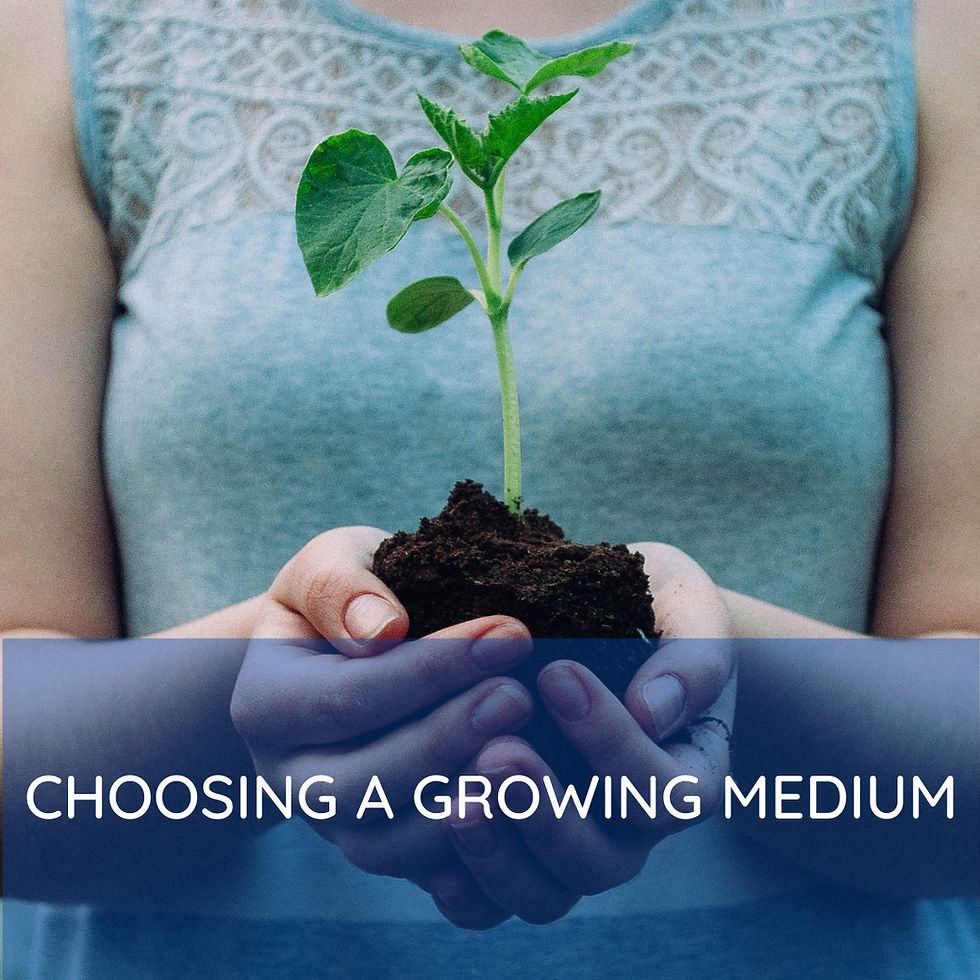
What does that mean - growing medium? Well it’s the catch all phrase that includes soil and soil alternatives. While I’m sure there’s a whole course on this topic in Horticulture school, we’re going to keep this pretty simple. Before we talk about growing medium/media let’s discuss what you’re going to put it in - pots!
Choosing the right container really depends on your hydroponic system. If it involves microgreens or anything that needs a horizontal system chances are you’re going to need a growing tray.
Nursery Trays
Typically come in an industry standard 10” x 20”. This is very convenient as all related items like seedling trays, microgreen trays, hemp mats and humidity domes also come in the same size. Trays are fairly cheap and you can even use them for net pots as well.

Microgreen Insert

Seedling Insert

Humidity Dome
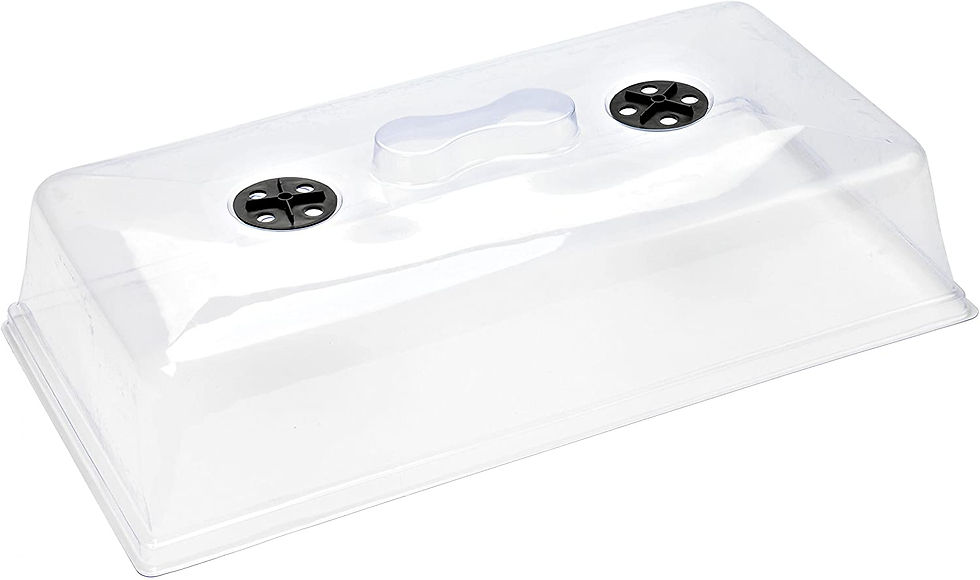
Net Pots
90% of all home hydroponic grow systems will use a net pot. Net pots are awesome as they can be used in a wide range of applications. If like me you built your system using 3” plumbing pipe and fixtures they pop right into the opening! You can also use them to start your seeds directly in a hydroponic system or start them in a tray and then transfer them. They work well in a Drip system as all you need is some wicks - in fact there’s a packaged set you can buy on Amazon.They are also pretty cheap and you can buy them in bulk.

Now let’s talk about what you’re going to put in those containers to get growing!
Hemp Mats
Hemp Mats are made of the long fibres from the hemp plant, these mats form the perfect material for root stabilization for any short rotation crops. Use them for sprouts, microgreens, or for any other seedling starts. I’ve had some success growing Pac Choi microgreens. Another nice thing is that once the harvest has been taken, the whole thing can be composted — it's 100% biodegradable.
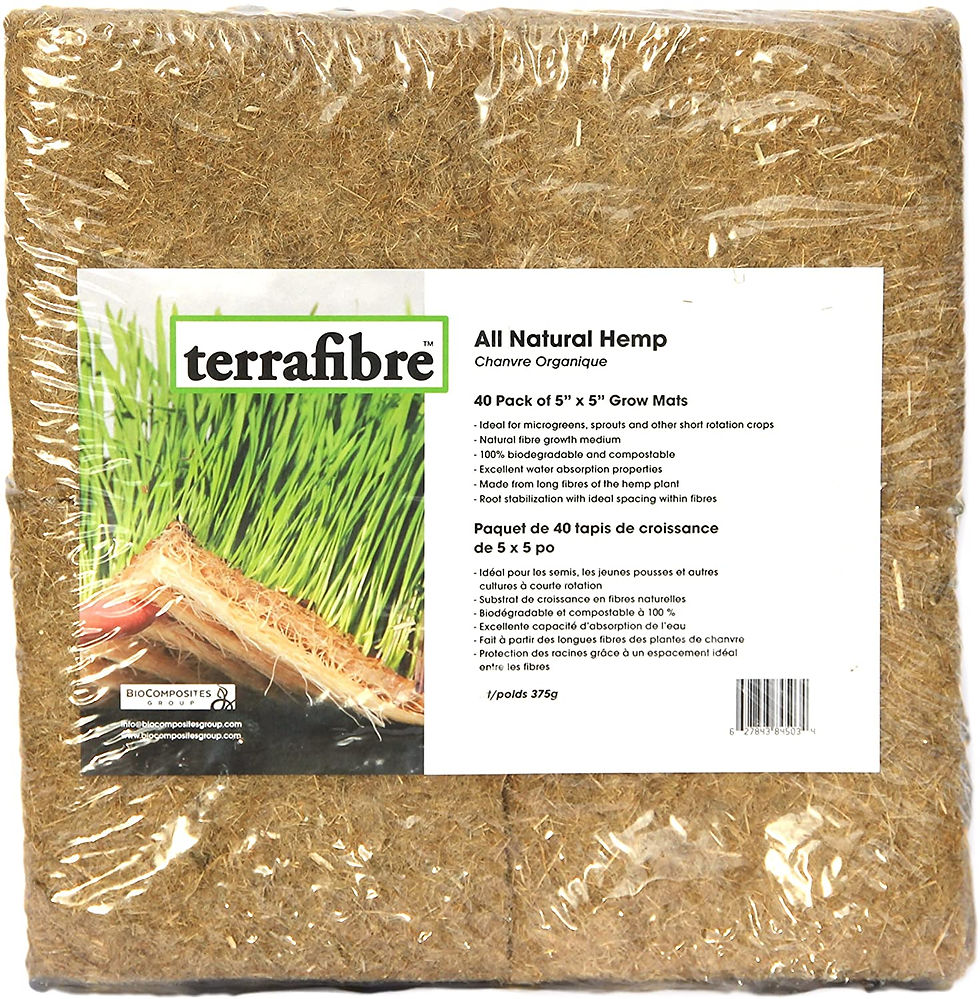
Coco Coir
Coco coir is a byproduct of coconut fibre. Its texture, porosity and purity make it an excellent growth medium. Furthermore, the coconut is pre-treated during a special process.
Unlike soil, coco substrates don't contain nutrients, so your plants will need extra nutrients for optimum growth. Although you have more control over your plants' growth, you must avoid overfeeding. Also, because coco dries out faster than soil, you must add extra water
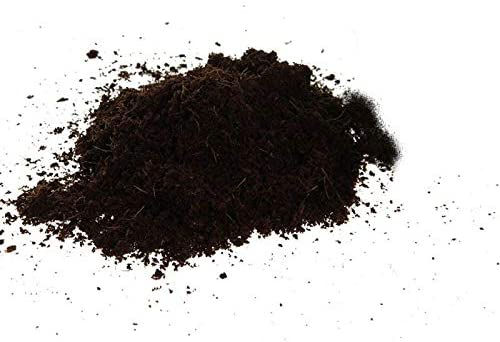
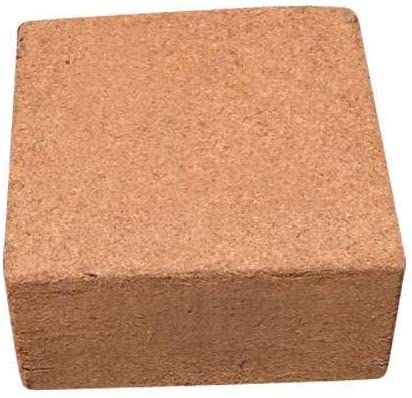
Rockwool
Rockwools name is derived from the materials that create it. It's a fibrous mix of rock and sand. After the fibers are created, they can be molded into blocks and slabs used to assist in the sprouting of plants. Loose rockwool also exists, and can be used like soil to fill a pot. The blocks have holes pre-drilled into them, allowing you to get started by simply setting your plant in place. The slabs are often used for larger plants or rows of plants.
Rockwool is lauded primarily for its retention of water and air - rockwool holds 18 percent air at all times. That means it's more difficult to overwater the plant, due to the oxygen that encompasses the roots. The retention of water is vital for automatic hydroponic systems, because it serves as a way to keep plants moist in the event of electrical failures. Because rockwool comes in three different forms, there's usually a type for every cultivator.
For the convenience rockwool affords, it's inconvenient to handle and dispose of. Since rockwools primary ingredients are rock and sand, it's unhealthy to inhale, although that typically is only a concern when handling loose rockwool. Additionally, the rock and sand fibers do not break down easily, which means all forms of rockwool negatively impact the environment. Rockwool also has naturally high pH levels. Plants that require low pH levels must have pH-lowering nutrients added so the plants can remain healthy.








Comments